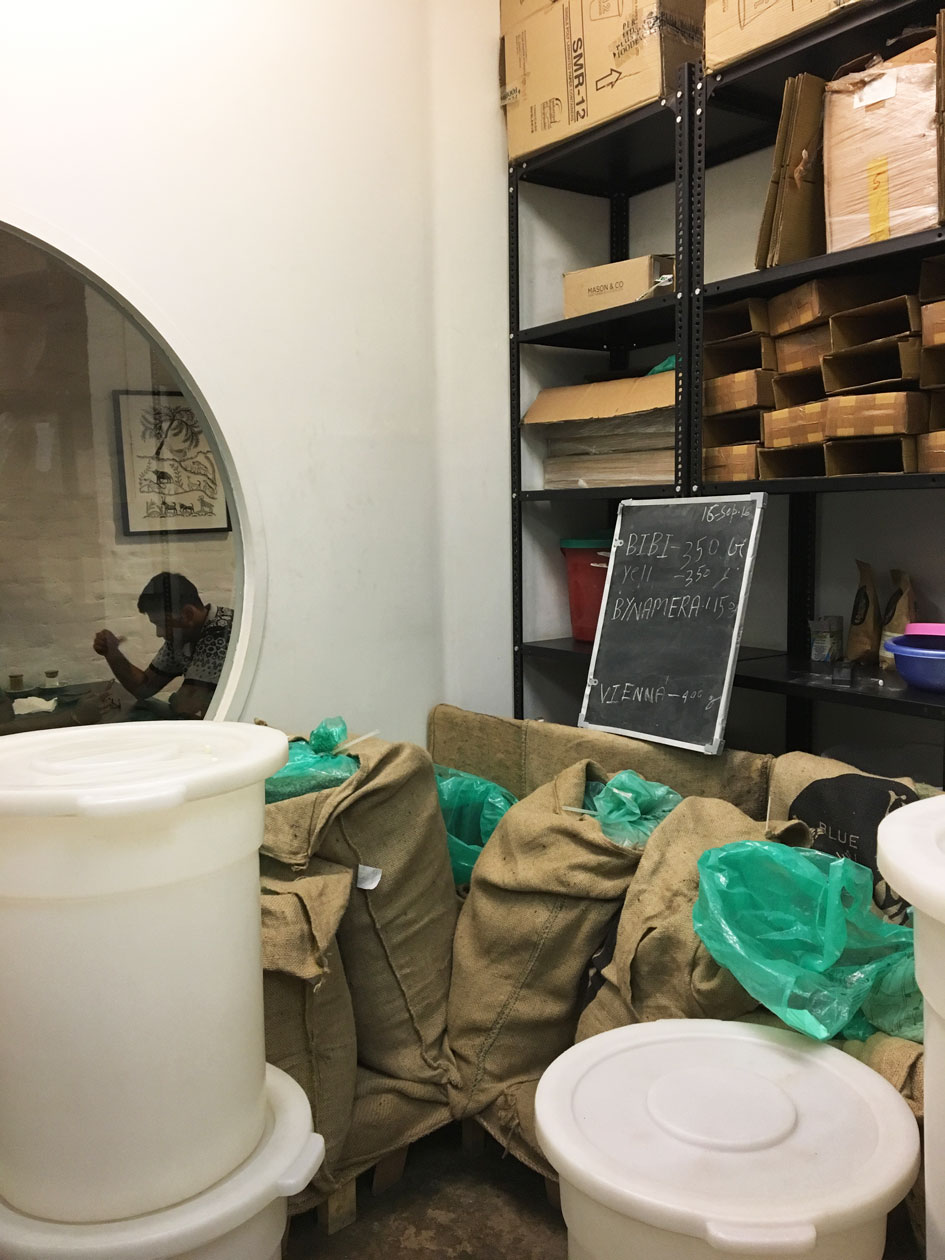
Newly arrived sacks of coffee beans waiting to be roasted. Can you imagine how good it smells in here? It’s even better than what you imagined.
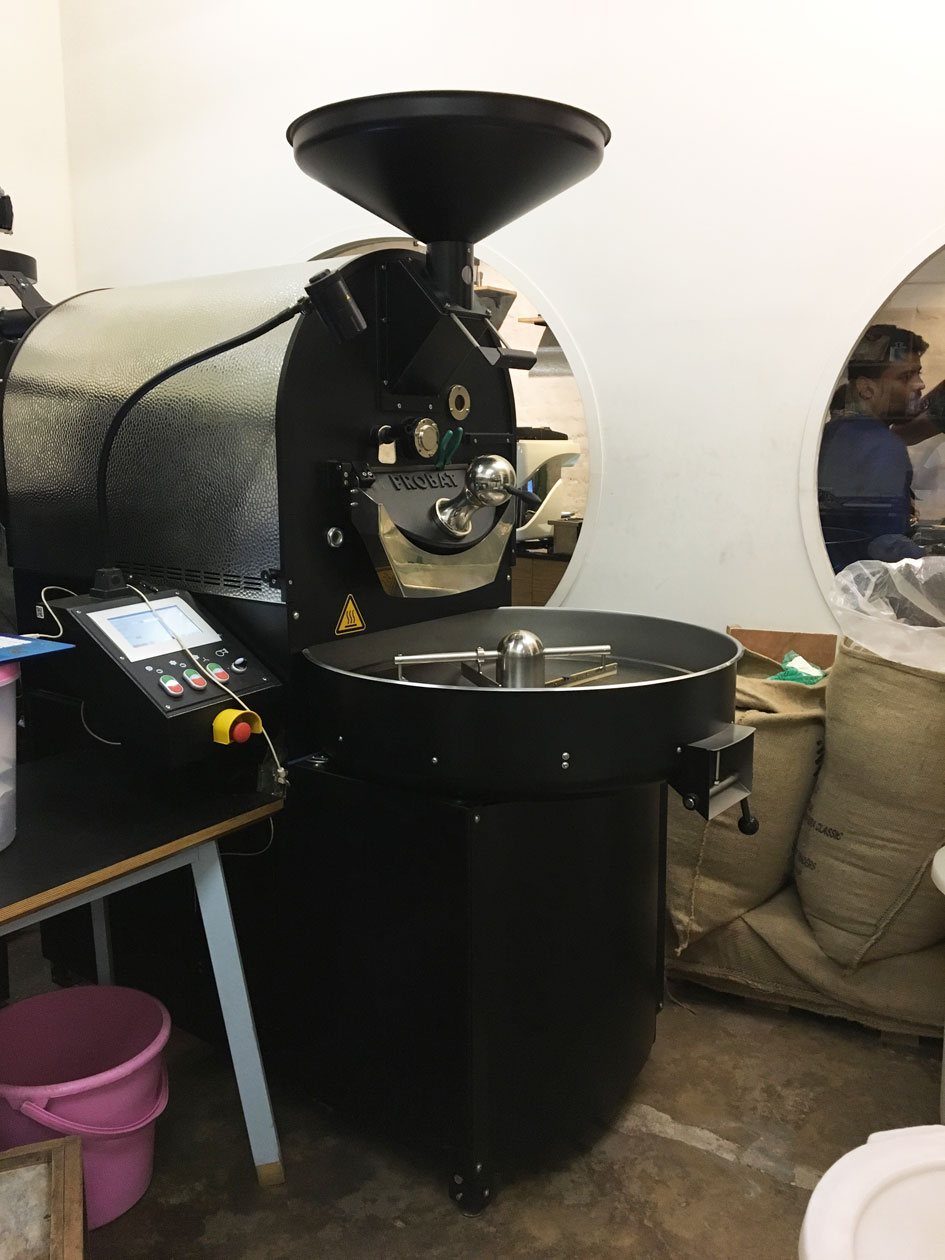
The roasting machine.
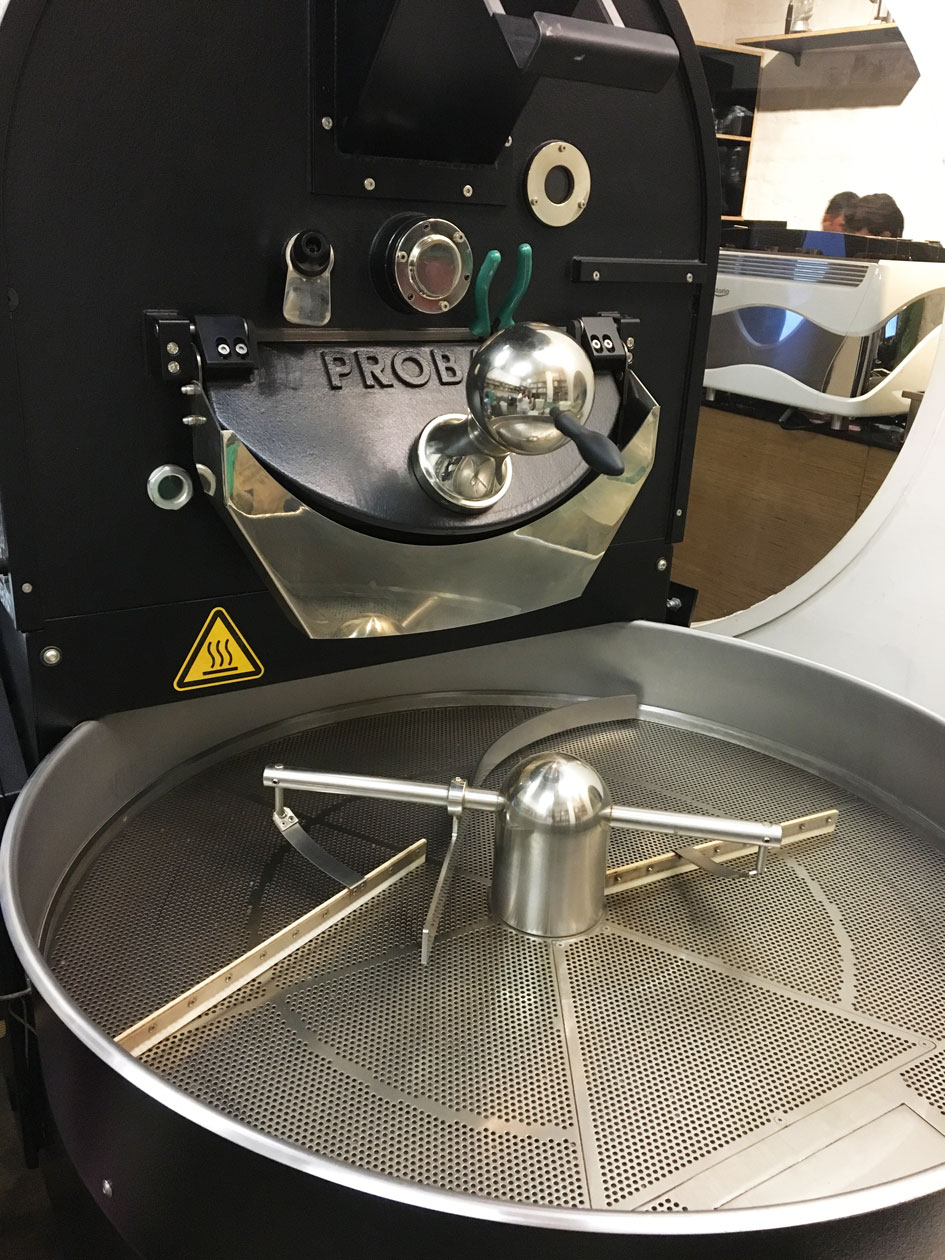
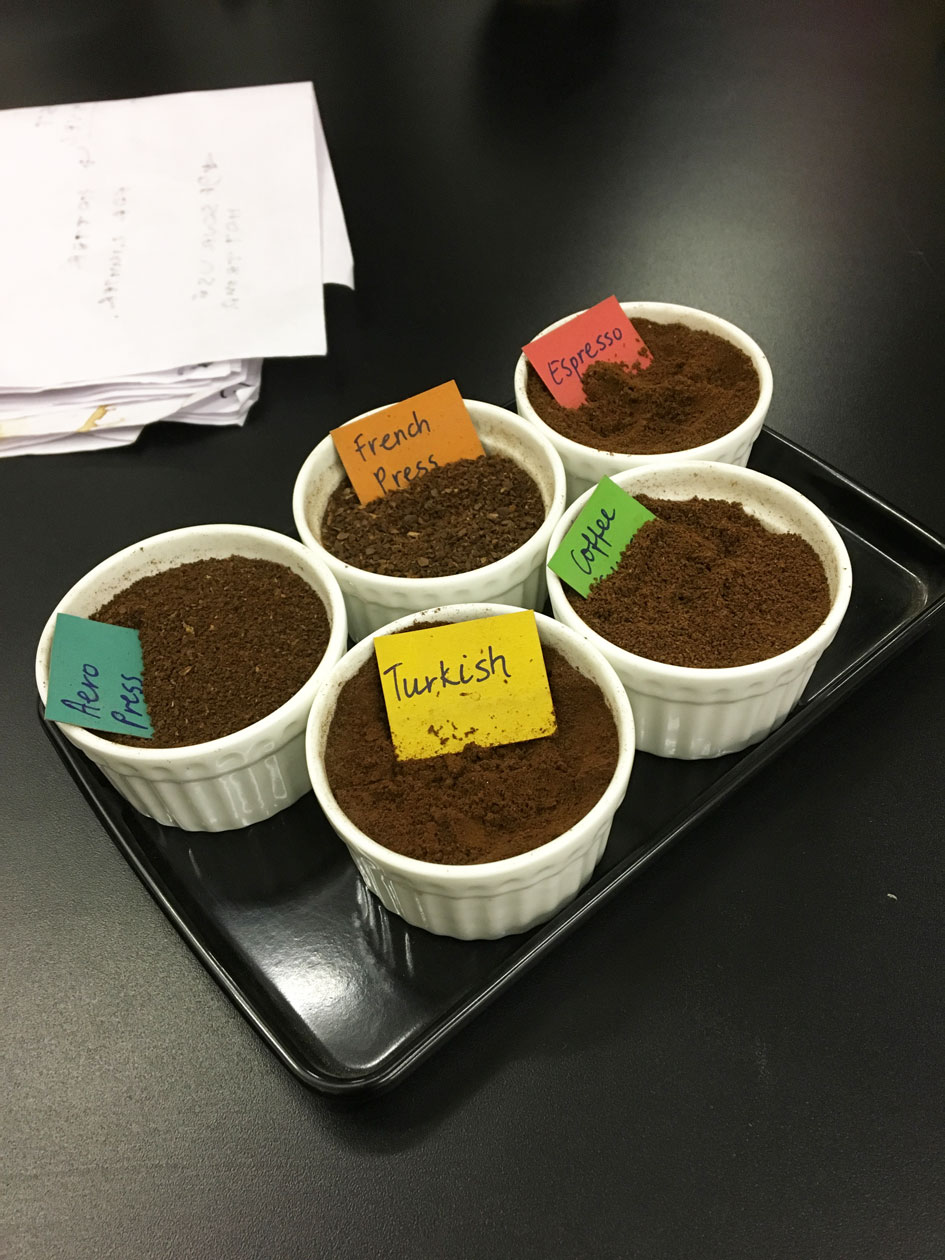
We learnt about the grinds appropriate for different brewing processes, and why it’s important how you grind the beans. Interesting to know how much a tweak in the coarseness affects the brew.
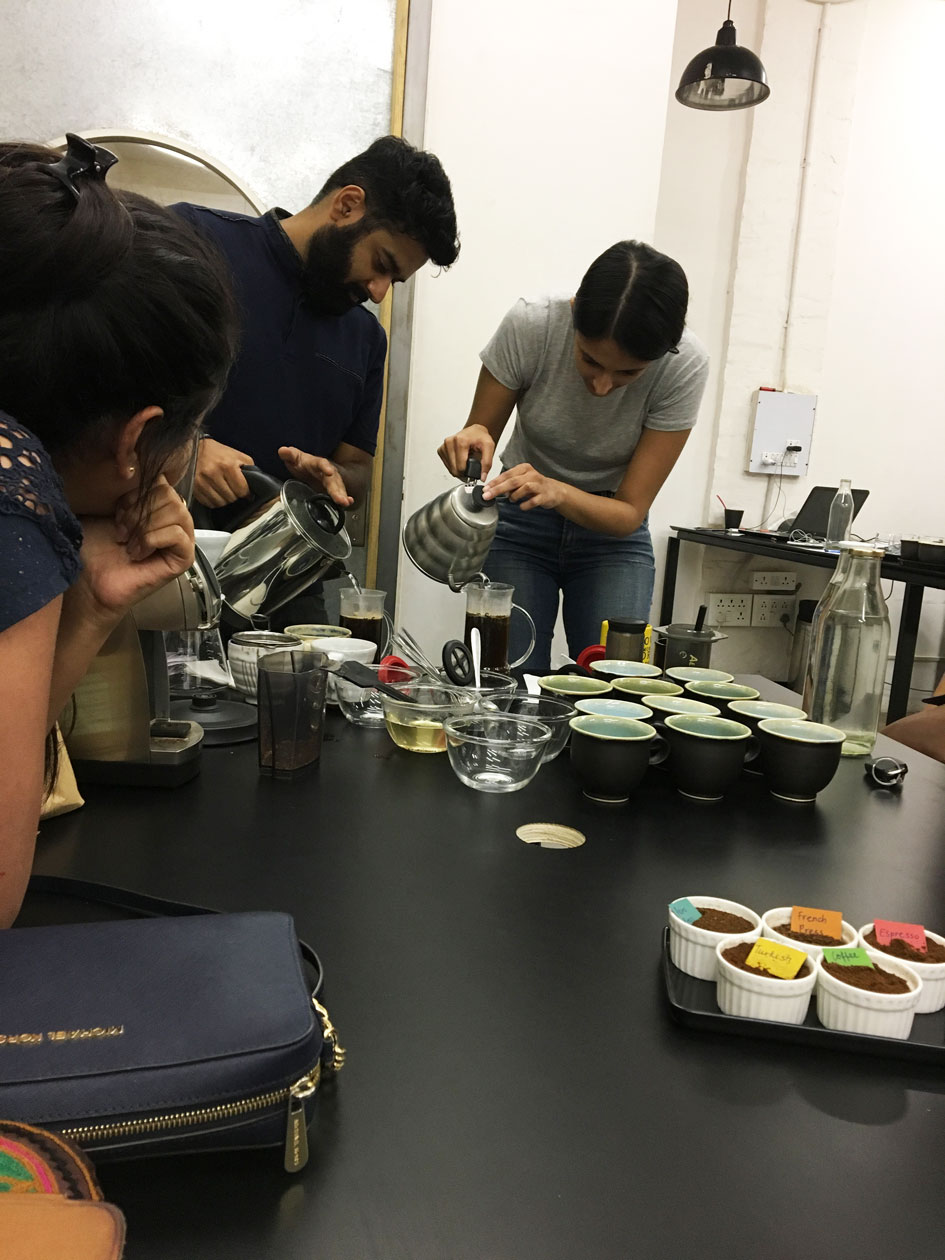
The French press, also called the cafetiere or coffee plunger, is a cylinder-shaped glass beaker with a plunger. The mesh piston of the plunger allows liquid to flow through it, but holds back the coffee grounds. The longer you keep the grounds and the water together without pushing down on the piston, the stronger your coffee.
If the grounds are too fine, you’ll have a hard time pressing the piston down. If they’re too coarse you’ll be able to push down with no resistance.
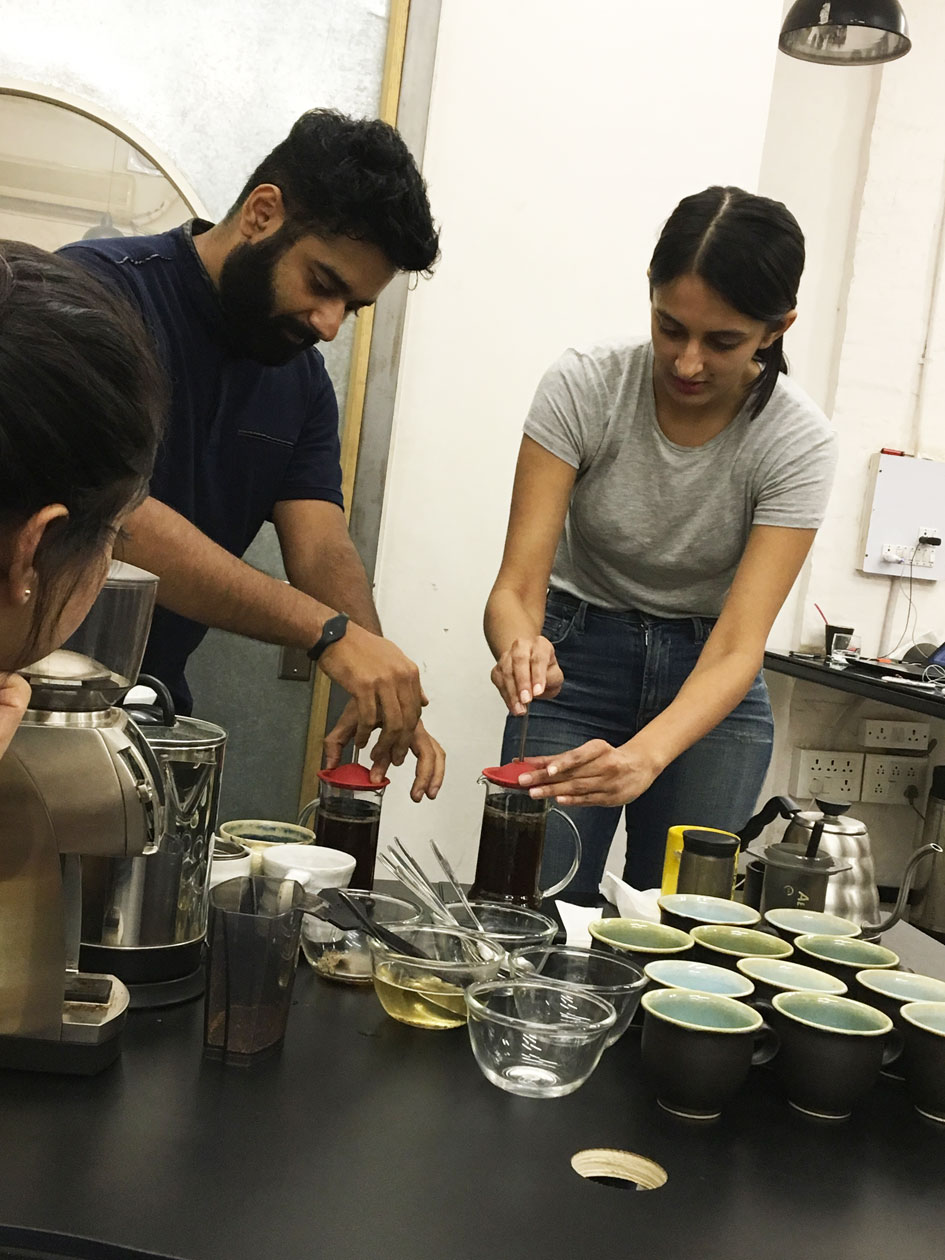
There’s a lot of wetting, dissolution and diffusion involved but to know those details you should take the workshop!
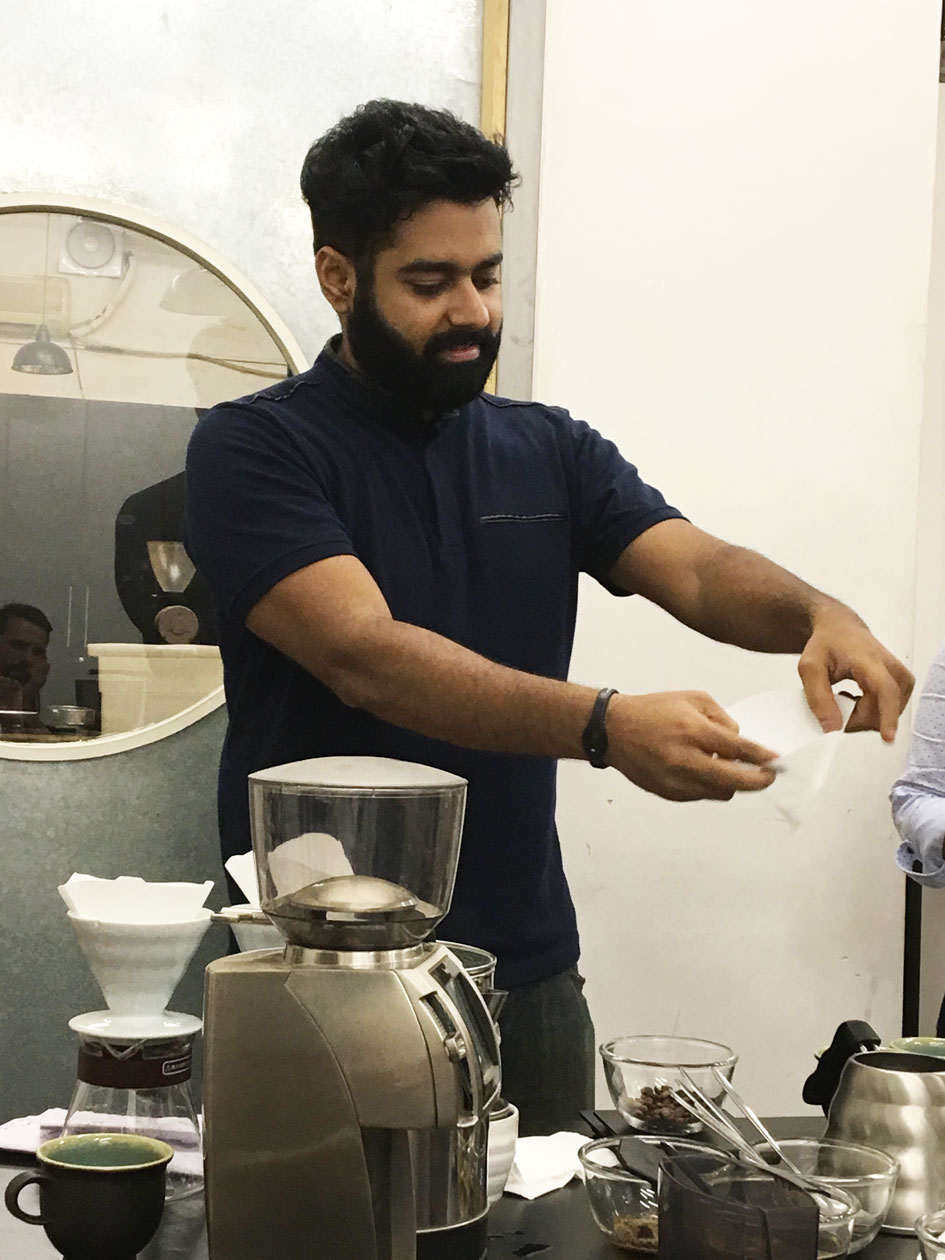
Blue Tokai brewing expert and workshop guide Mithilesh making a filter funnel for the next brewing technique, the pourover.
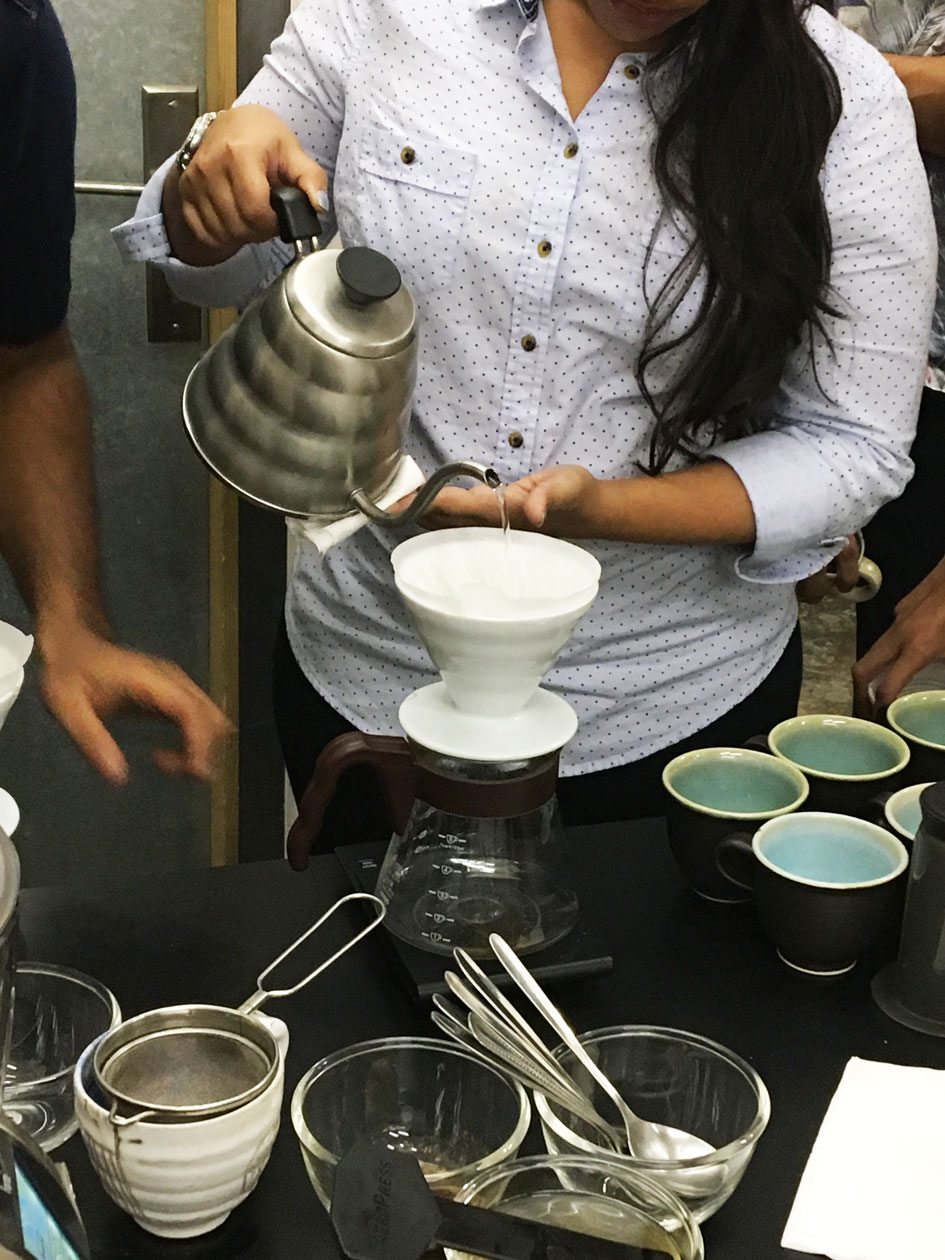
The ‘pourover’ is a Japanese brewing method that involves pouring water over and through coffee grounds to extract a smooth, rich flavour. Trust the Japanese to perfect a beautifully simple and detailed method – for anything.
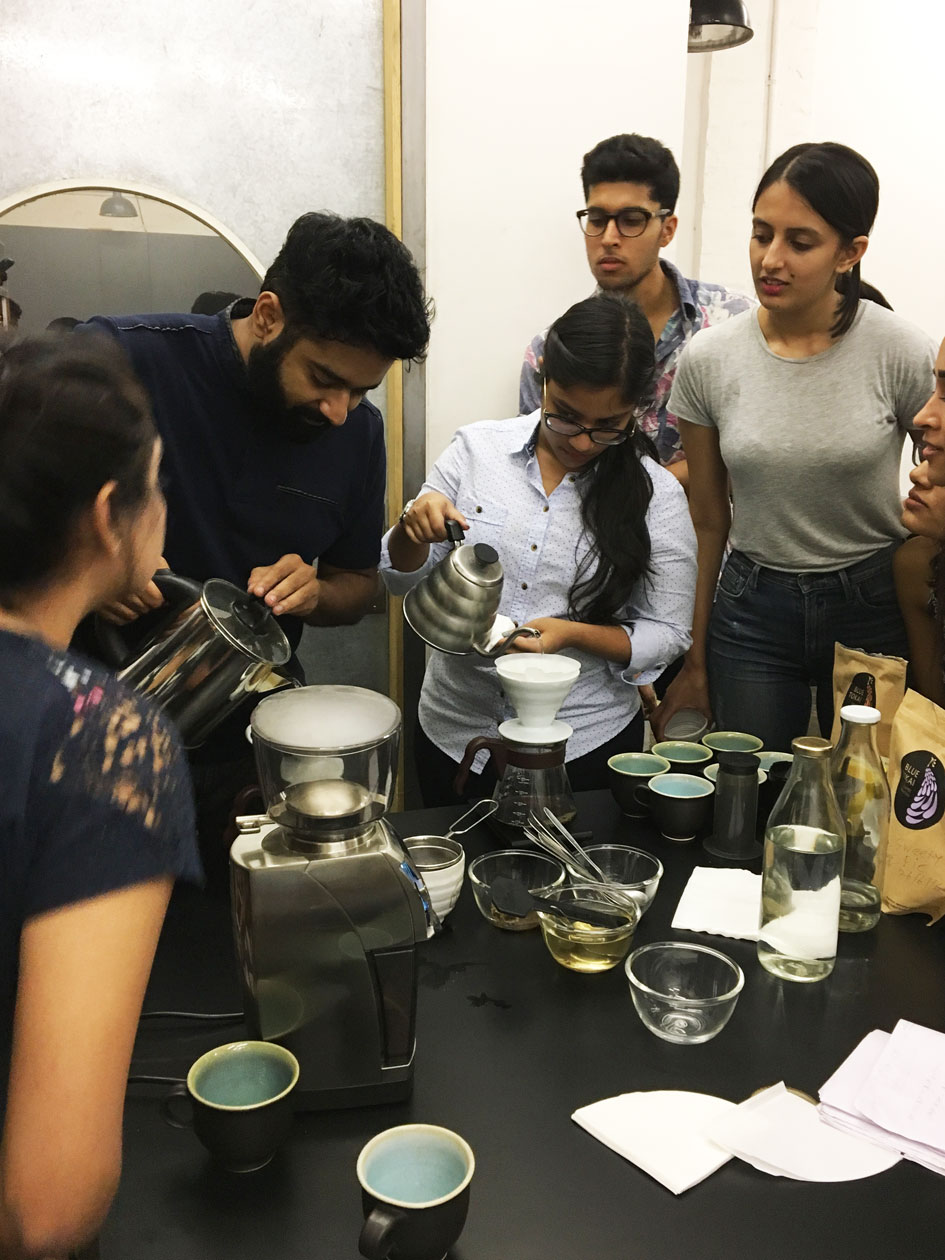
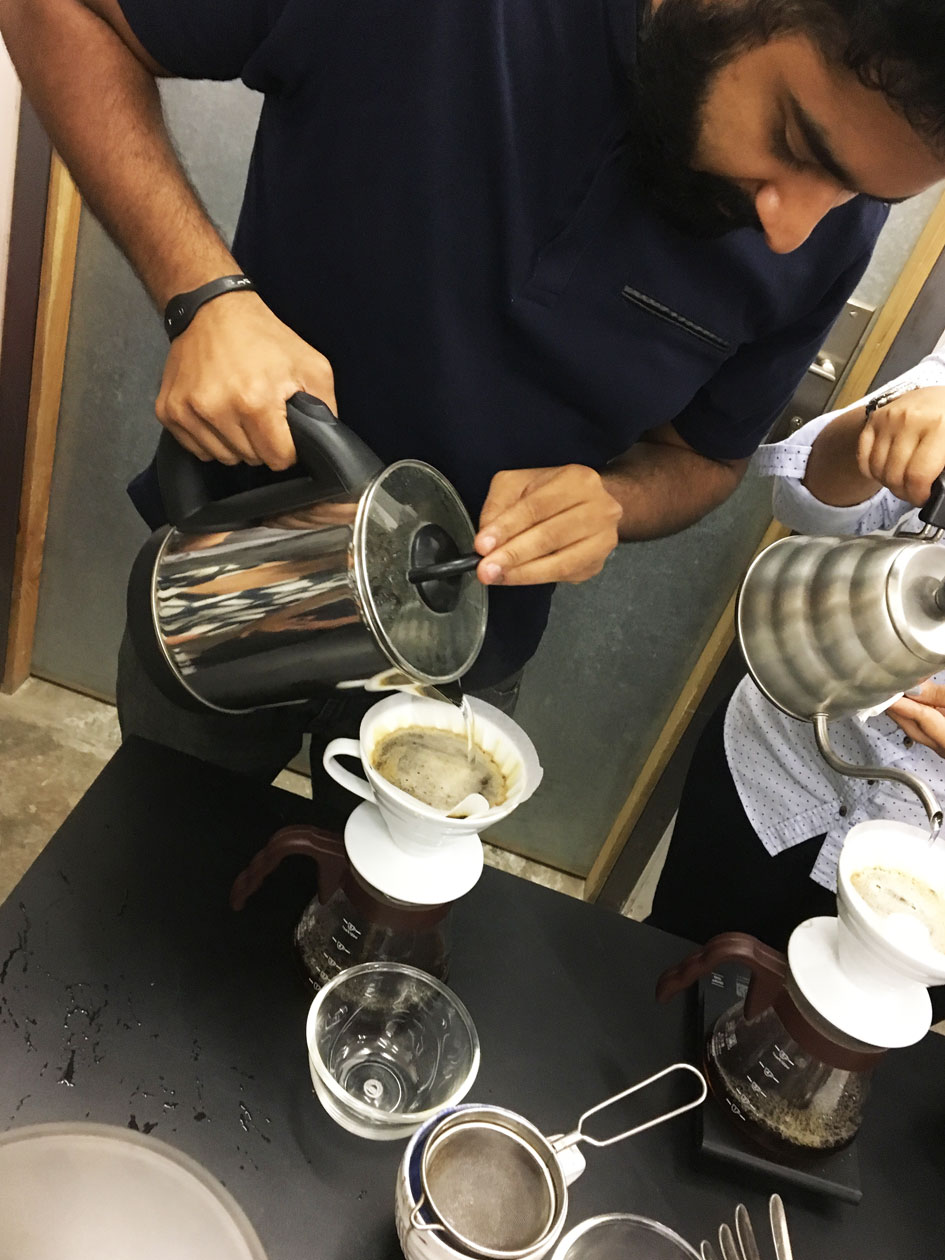
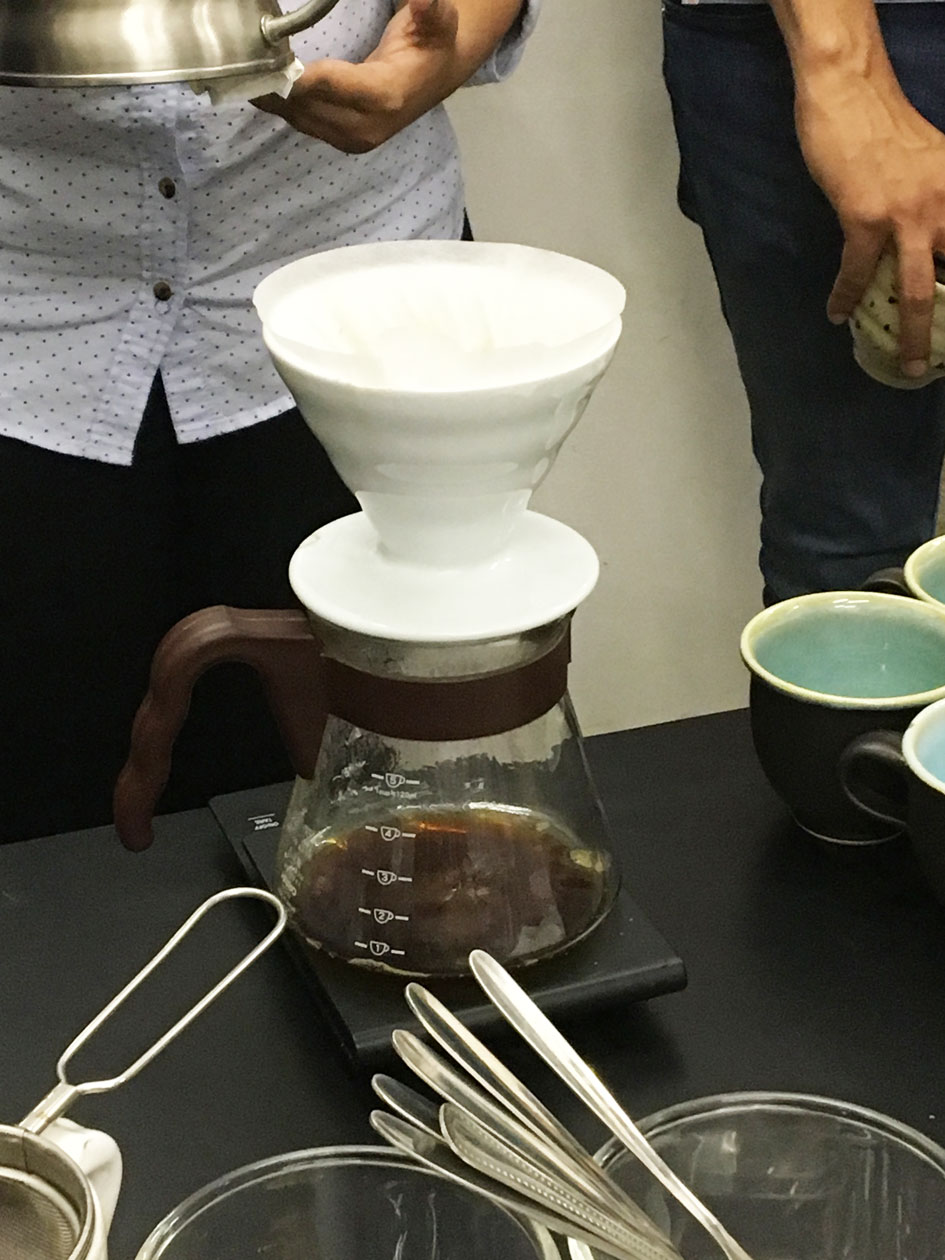
The coffee tastes earthy and balanced, plus it’s such an efficient, practical way to brew. As with all coffee brewing methods, there is the wetting phase (coffee grounds are wet, CO2 is released, and we have a ‘bloom’ or the swelling of the grounds) followed by the dissolution (the hot water breaks down the solubles in the beans cells) and finally the diffusion (taking the coffee essence out of the grounds and into the water). Now you don’t need to take the workshop.
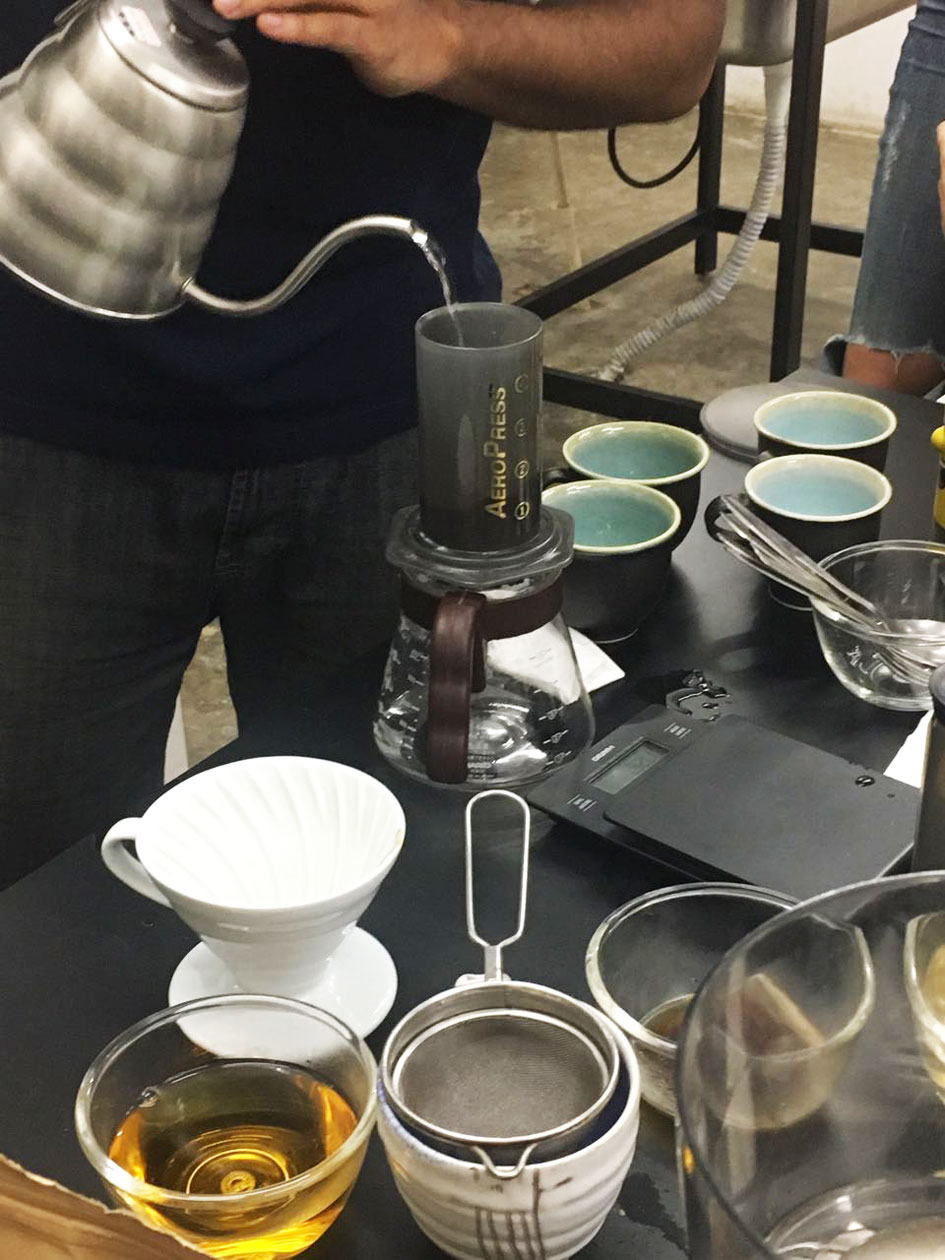
Time for the Aeropress! The Aeropress consists of two cylinders, one inside the other. The smaller cylinder has a flexible airtight seal and fits inside the larger one, similar to a syringe.
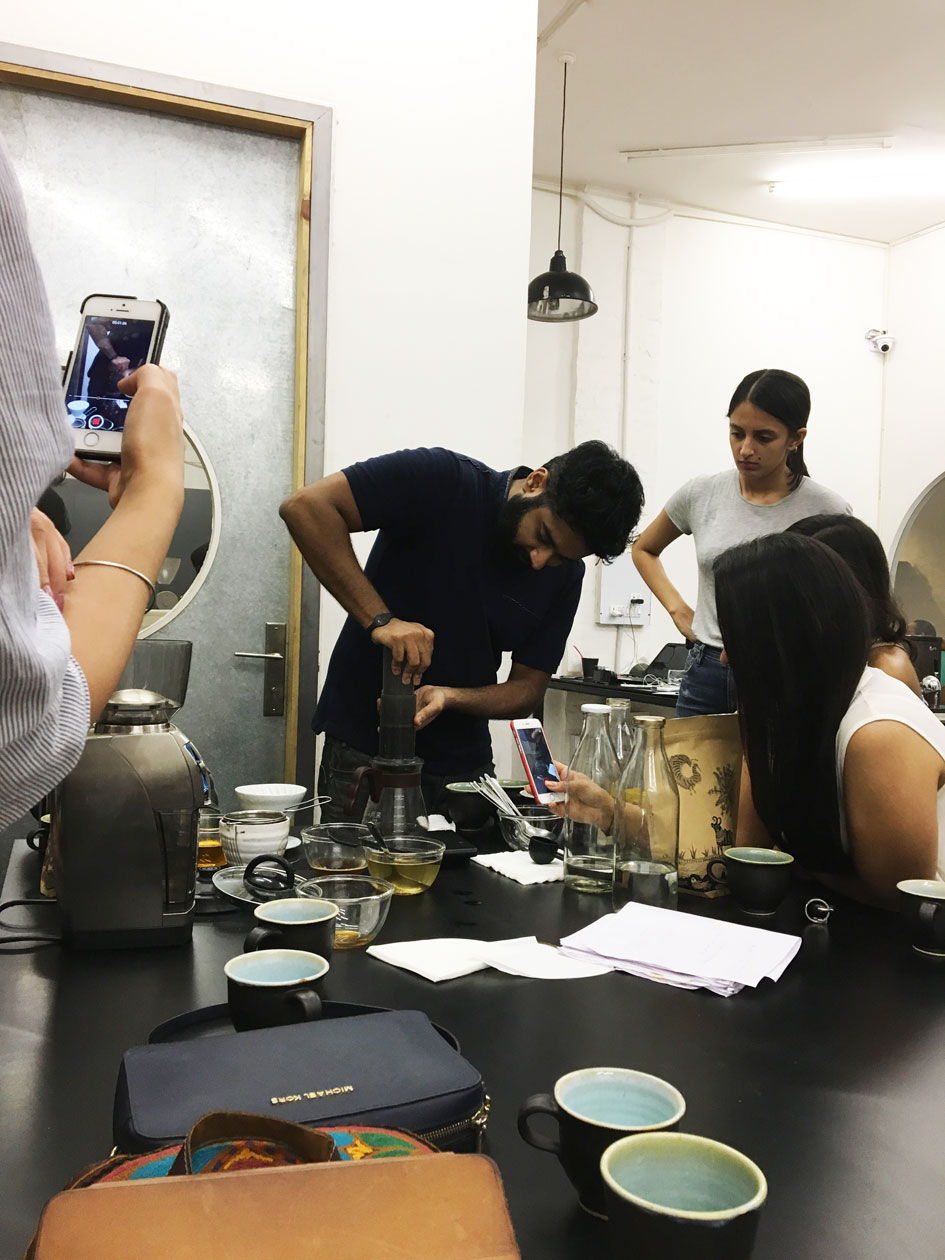
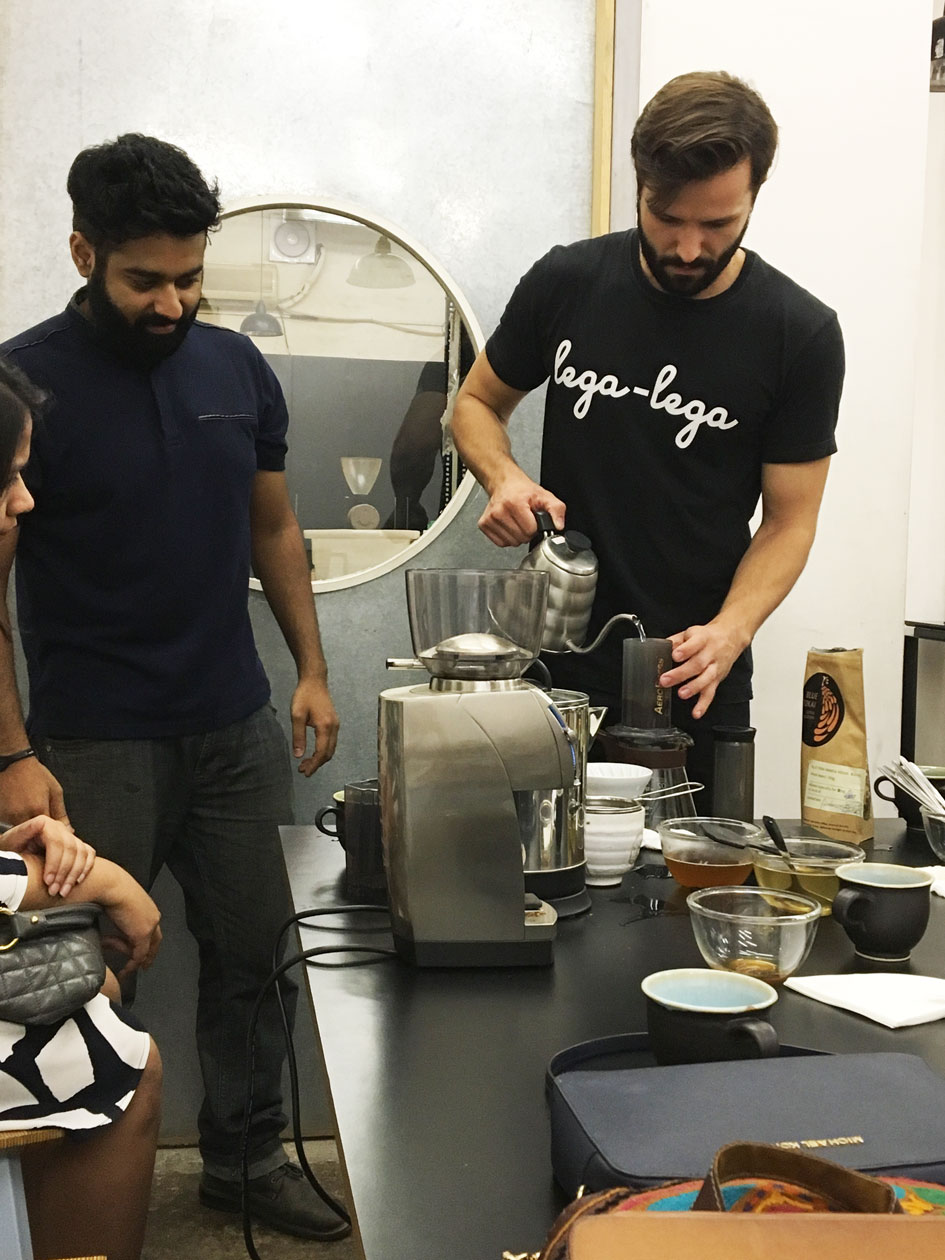
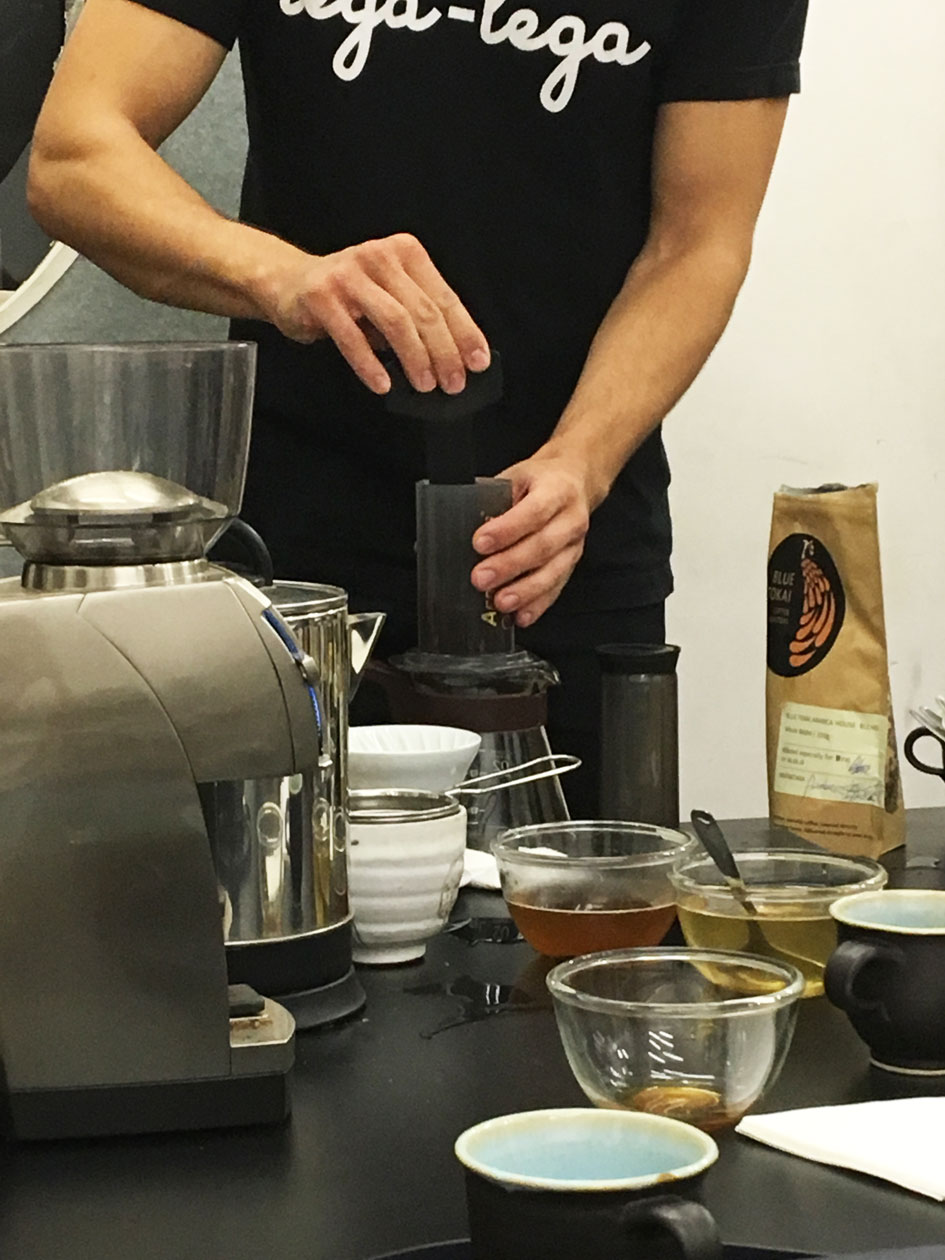
Coffee is steeped and then forced through a filter by pressing the plunger through the tube. The filters used are either the AeroPress paper filters or disc shaped thin metal filters. I thought it seemed a lot like the French press, but it seems grounds are completely removed with the Aeropress and the coffee is rounder and sweeter as the air pressure from the plunger gives it a shorter brewing time.
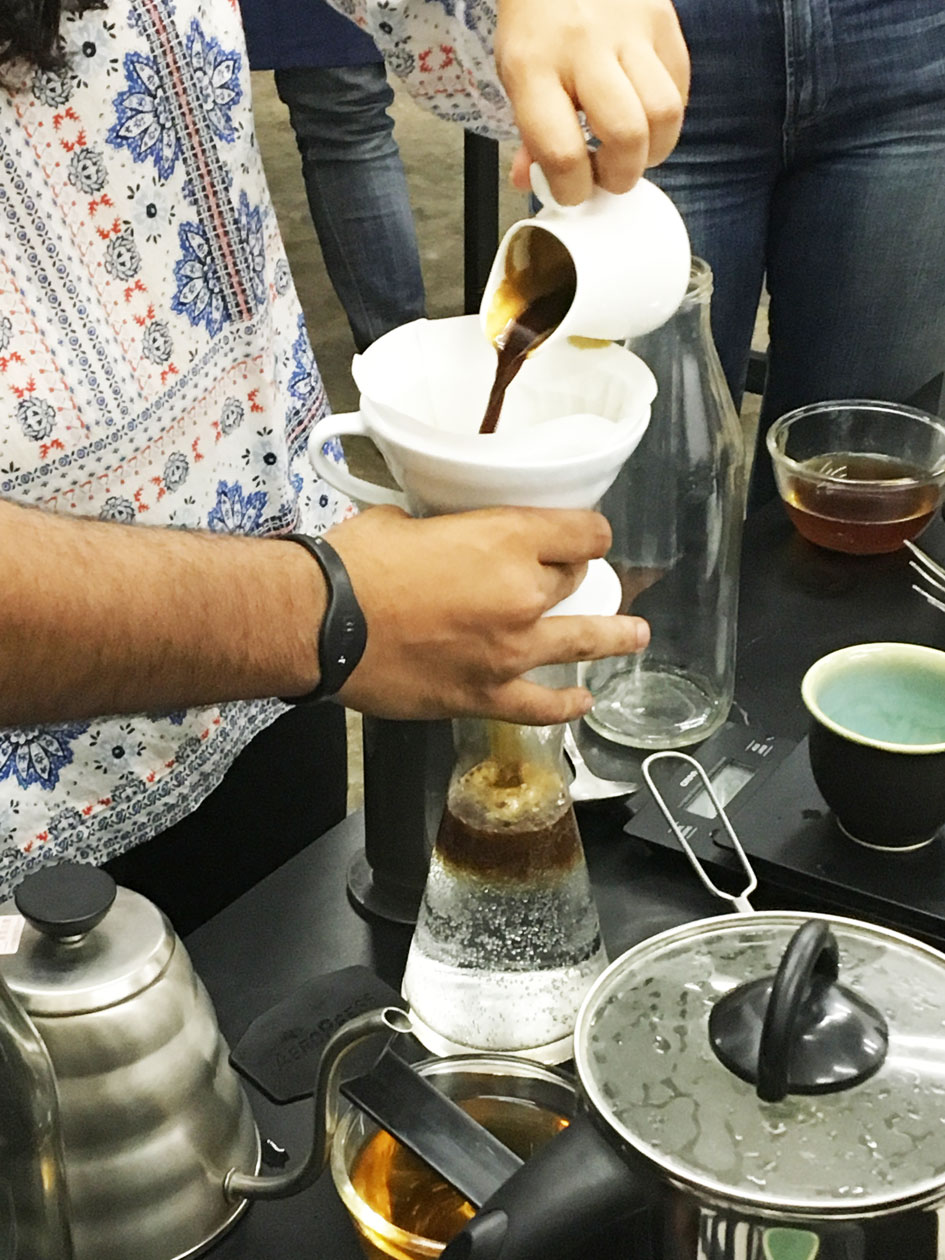
We then tried the coffee trend of the moment, cold brewed coffee with tonic water. I will never be drinking it again, but everyone else enjoyed it. A lot.
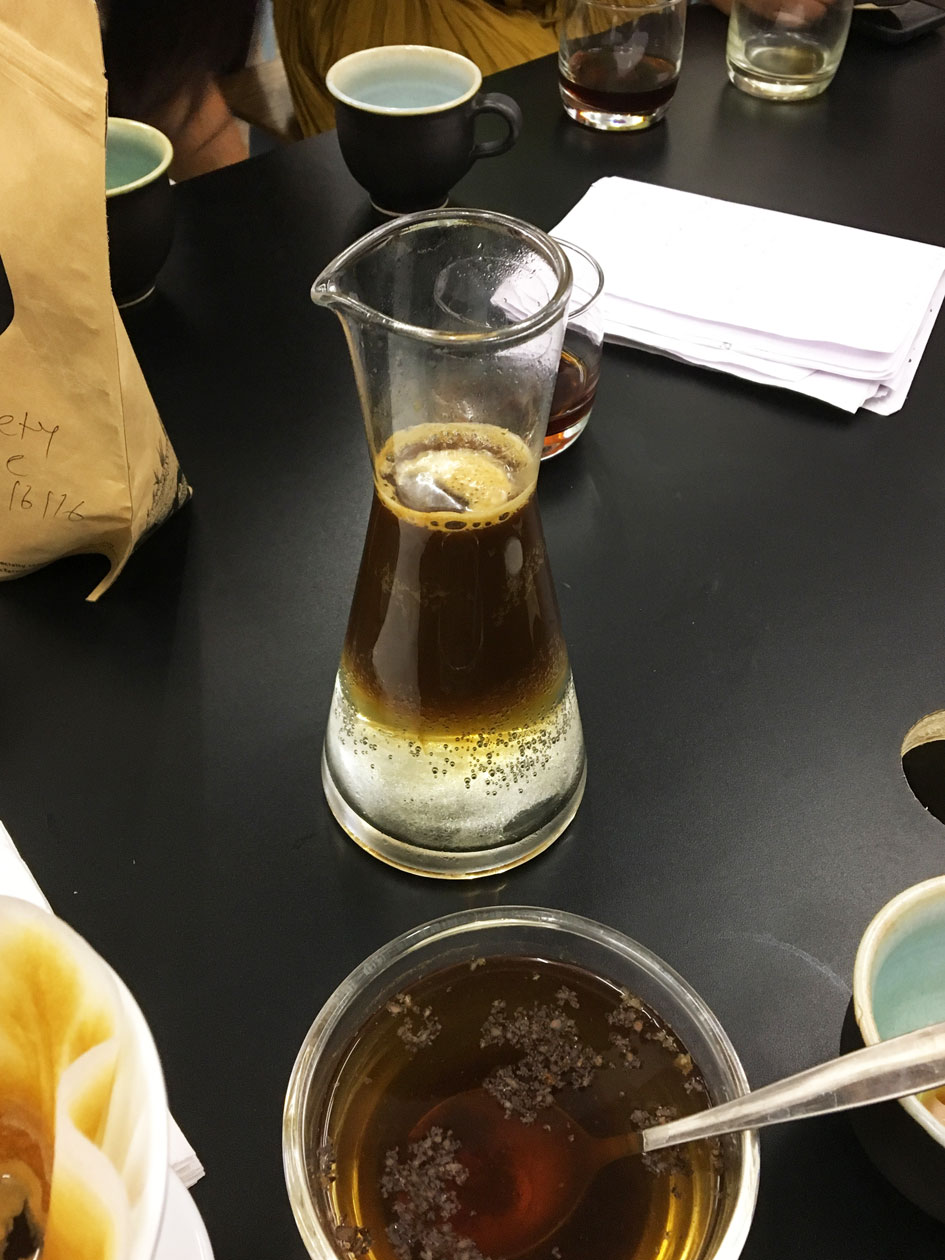
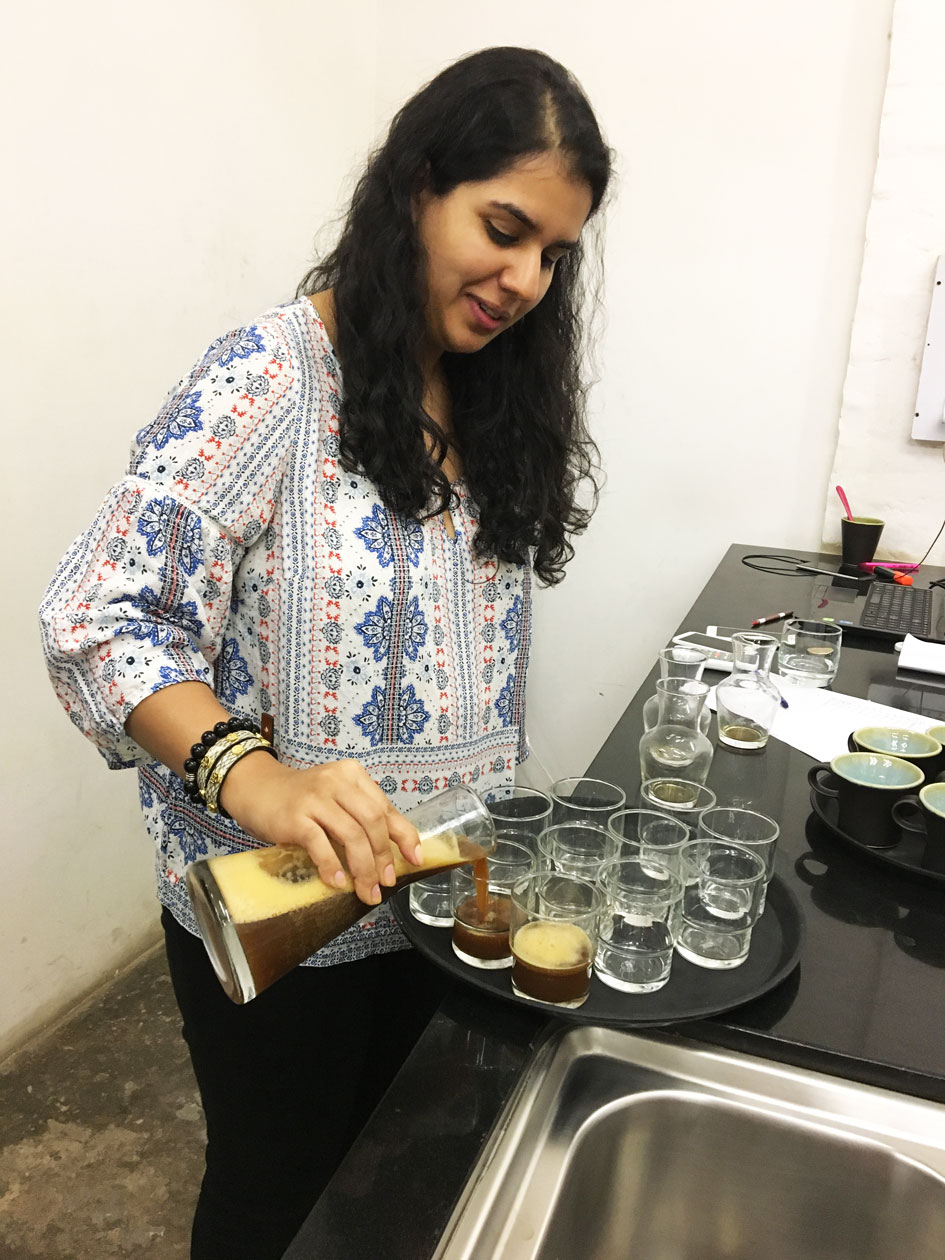
The lovely co-organizer Rhea pouring out coffee tonics.
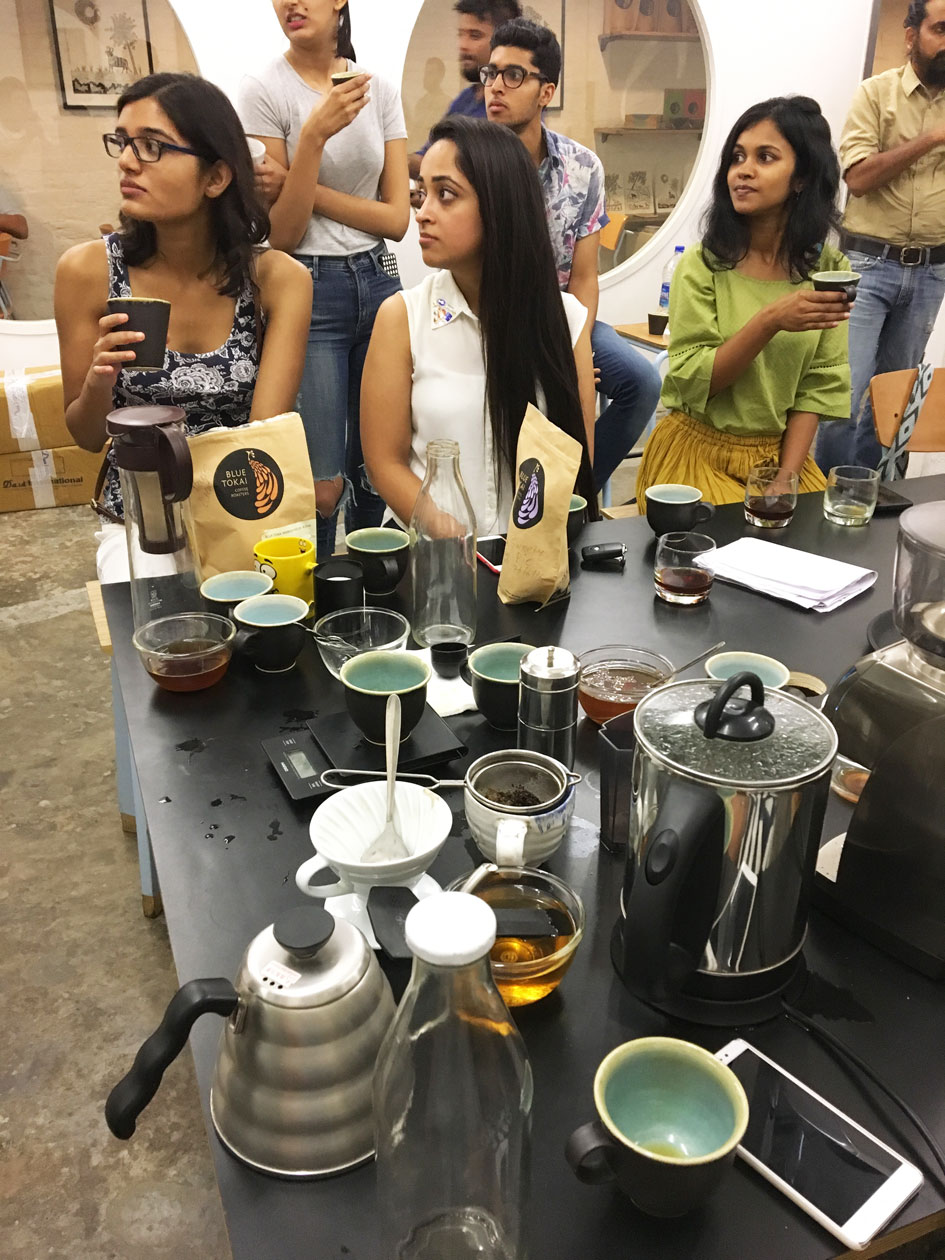
It was a really fun, informative workshop that any coffee lover would enjoy – I cannot do justice to the amount of information we were given. I’ve realised that there is a science to, and an entire subculture surrounding, the humble cup of coffee. Till I acquire the patience and skill to create a perfect brew, there’s always my trusty espresso machine.
Blue Tokai Coffee Roasters, Khasra 258, Lane 3, Westend Marg, Saidulajab, Saket, New Delhi. Open 9am to 8:30pm. Call them at +91 9821126015.
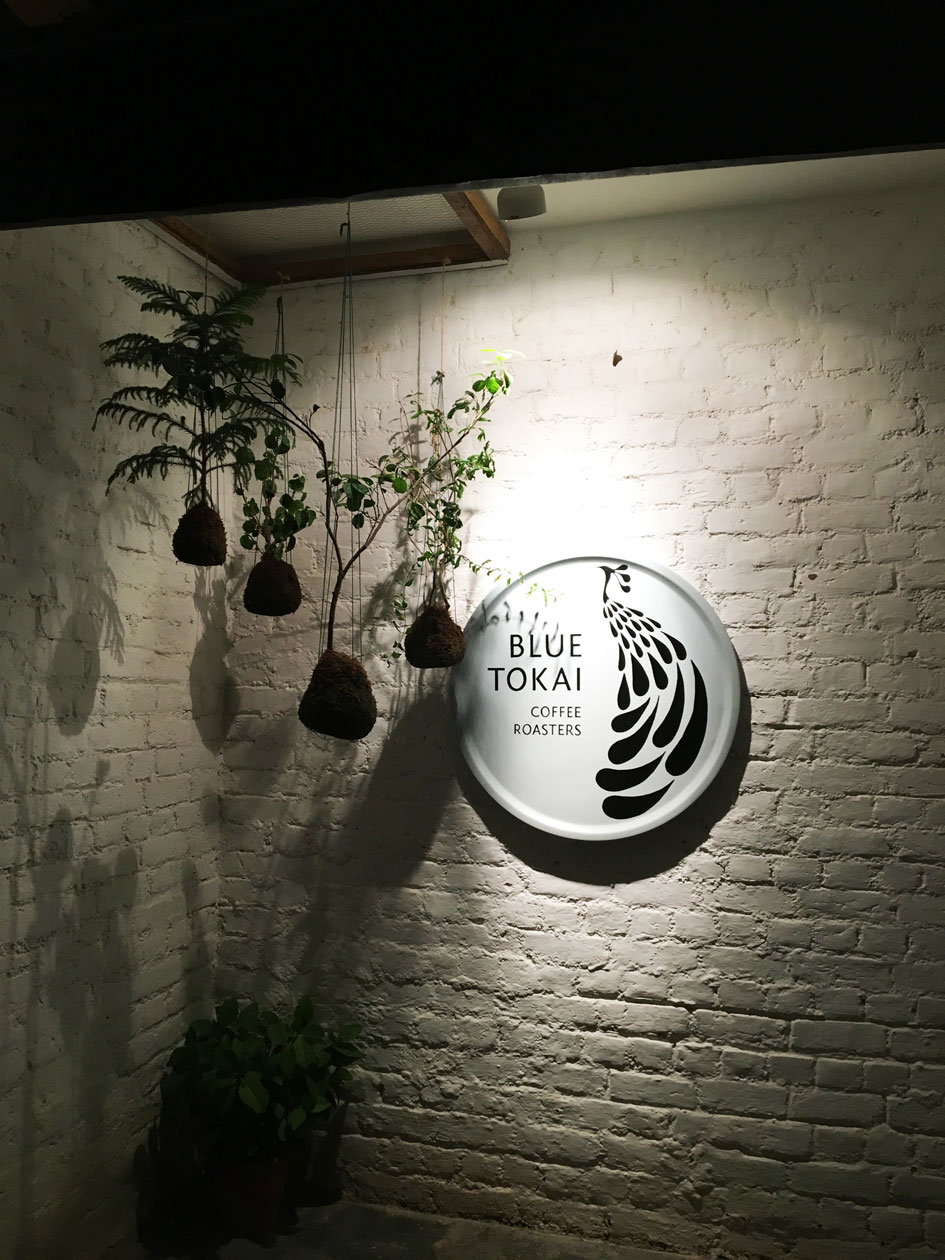
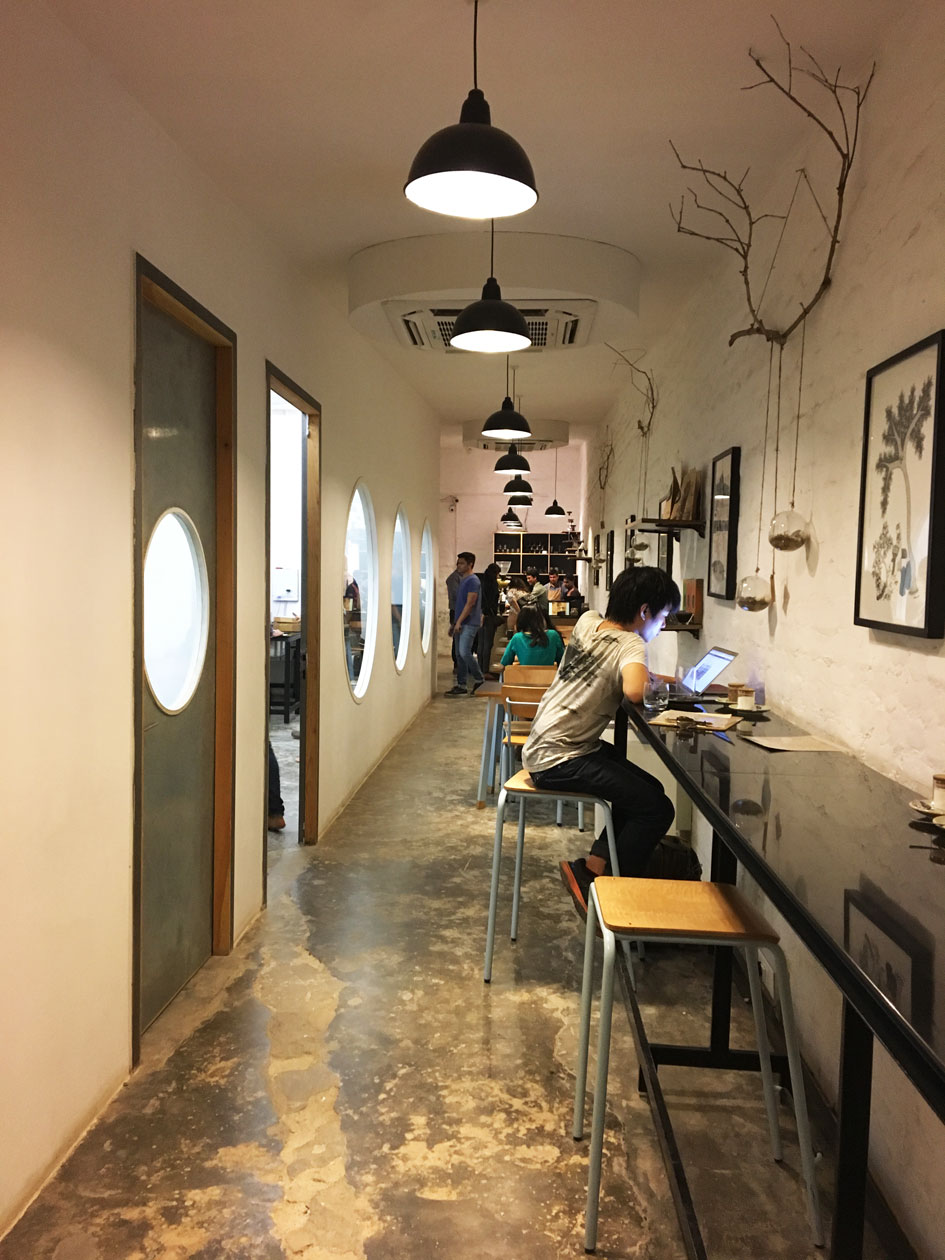
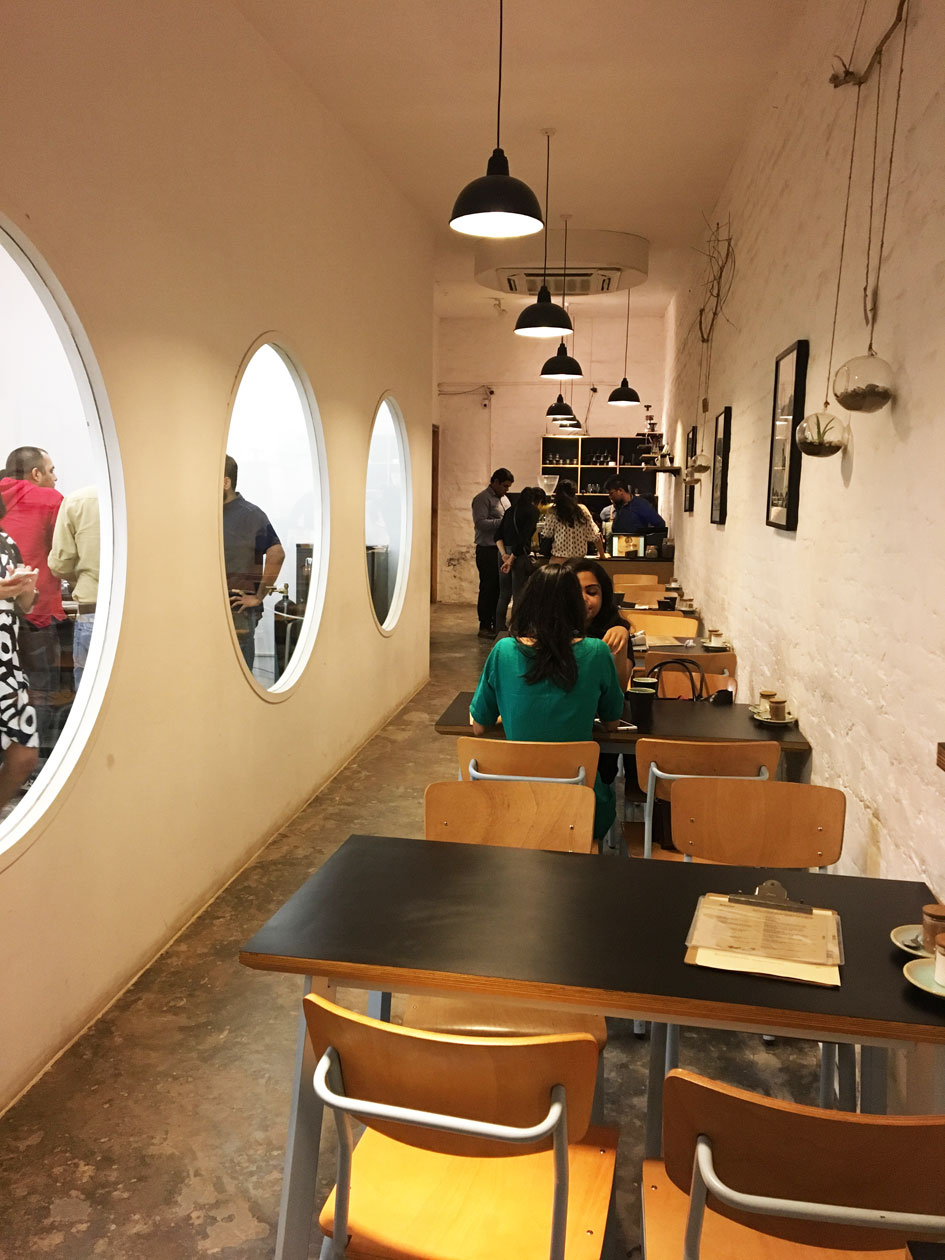
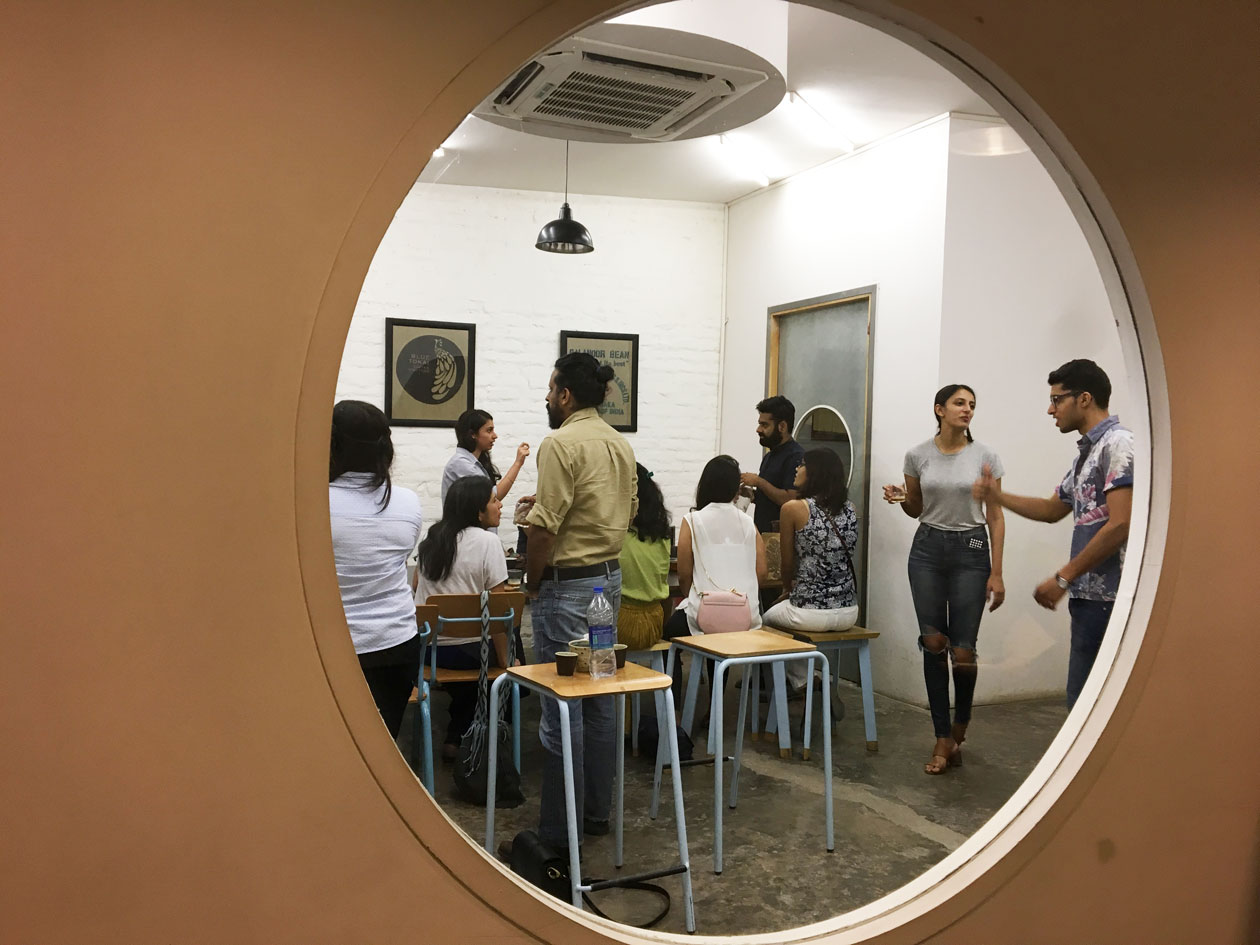




















Comments